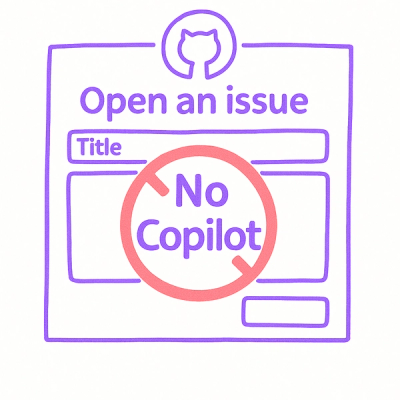Ember Wormhole 

This addon provides a component that allows for rendering a block
to a DOM element somewhere else on the page. The component retains typical Ember
context in terms of bound data and action handling. Ember Wormhole is
compatible with Ember FastBoot as of version
0.4.0, so long as the destination element is part of Ember's own templates.
Live Demo
View a live demo here: http://yapplabs.github.io/ember-wormhole/
The source code for the demo is available here: https://github.com/yapplabs/ember-wormhole/tree/master/tests/dummy/app
But Why?
This library is particularly useful for cases where you have UI that is the logical child of
a component but needs to render as a top-level DOM element, such as a confirmation dialog.
And How?
This component tracks its element's child nodes. When inserted into the DOM, it appends
its child nodes to a destination element elsewhere. When removed from the DOM, it
removes its child nodes, so as not to orphan them on the other side of the wormhole.
Nothing else changes -- data binding and action bubbling still flow according to
the Ember component hierarchy. That includes usages of yield, so blocks provided
to ember-wormhole simply appear in another part of the DOM.
Show Me Some Code!
We thought you'd never ask...
Given the following DOM:
<body class="ember-application">
<div id="destination">
</div>
<div class="ember-view">
</div>
</body>
and a template like this:
{{#ember-wormhole to="destination"}}
Hello world!
{{/ember-wormhole}}
Then "Hello world!" would be rendered inside the destination div.
If the ember-wormhole is destroyed its far-off children are destroyed too.
For example, given:
{{#if isWormholeEnabled}}
{{#ember-wormhole to="destination"}}
Hello world!
{{/ember-wormhole}}
{{/if}}
If isWormholeEnabled starts off true and becomes false, then the "Hello
world!" text will be removed from the destination div.
Similarly, if you use ember-wormhole in a route's template, it will
render its children in the destination element when the route is entered
and remove them when the route is exited.
Can I Render In Place (i.e. Unwormhole)?
Yes! Sometimes you feel like a wormhole. Sometimes you don't. Situations
sometimes call for the same content to be rendered through the wormhole or in place.
In this example, renderInPlace will override to and cause the wormhole content to be rendered in place.
{{#ember-wormhole to="destination" renderInPlace=true}}
Hello world!
{{/ember-wormhole}}
This technique is useful for:
- Presenting typically-wormholed content within a styleguide
- Toggling content back and forth through the wormhole
- Parlor tricks
What if if my element has no id?
You can provide an element directly to the wormhole. For example:
{{#ember-wormhole destinationElement=someElement}}
Hello world!
{{/ember-wormhole}}
This usage may be appropriate when using wormhole with dynamic targets,
such as rendering into all elements matching a selector.
What Version of Ember is This Compatible With?
This library is compatible with and tested against Ember 1.13 and higher.
Important Note about using this library with Ember 2.10
With latest ember-wormhole and ember@2.10, you need to have a stable root element inside the wormhole block. This is something that the Ember Core team will continue to iterate and work on, but for now the work around is fairly straightforward.
Change:
{{#ember-wormhole to="worm"}}
{{#if foo}}
{{/if}}
<p>Other content, whatever</p>
{{/ember-wormhole}}
To:
{{#ember-wormhole to="worm"}}
<div>
{{#if foo}}
{{/if}}
<p>Other content, whatever</p>
</div>
{{/ember-wormhole}}
Development Setup
Simple Installation
To add the ember-wormhole add-on to an existing project, enter this command from the root of your EmberJS project:
ember install ember-wormhole
Setting Up The Demo
If you'd like to set up a new EmberJS application with the ember-wormhole sample application configured, follow these steps:
git clone this repositorynpm installbower install
Running Tests
ember try:testallember testember test --server
Running the dummy app
For more information on using ember-cli, visit http://www.ember-cli.com/.
Credits
This addon was extracted from ember-modal-dialog.
Contributions from @stefanpenner, @krisselden, @chrislopresto, @lukemelia, @raycohen and
others. Yapp Labs is an Ember.js consultancy based in NYC.



